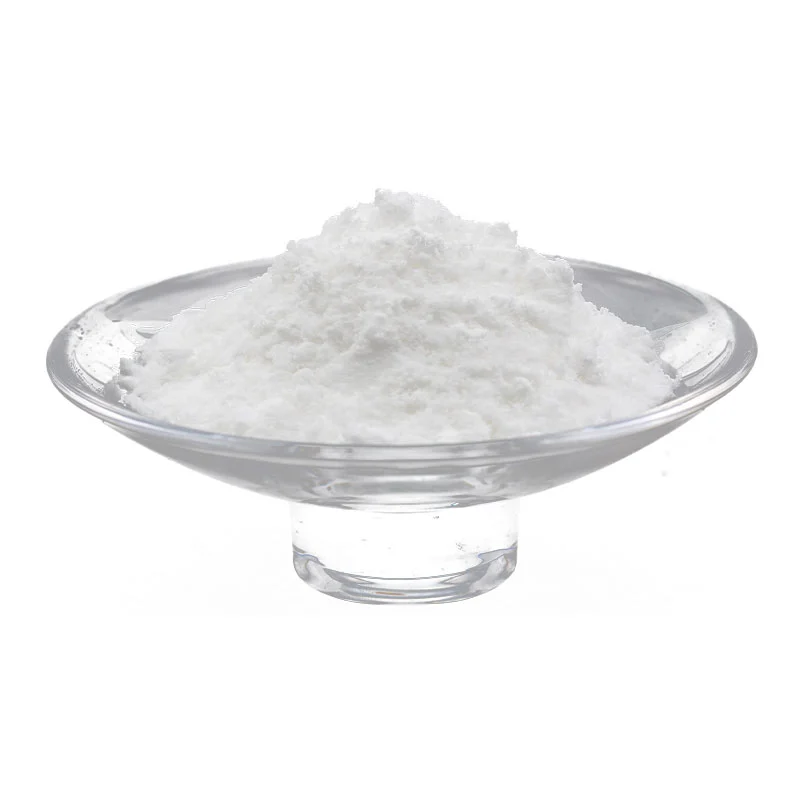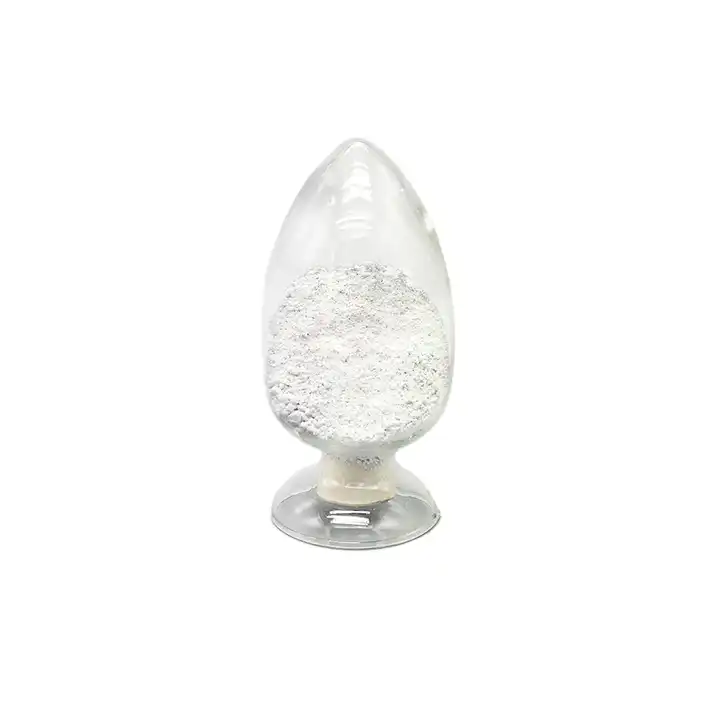 YuYi
YuYi
 Sep 25,2023
Sep 25,2023

Inorganic substance, the chemical formula is Y2O3, white powder. Density 5.01 g/cm3; melting point 2415°C. It is easy to absorb carbon dioxide and water when exposed to the air. Insoluble in water, soluble in mineral acids.
It is easy to absorb carbon dioxide and water when exposed to the air, so it should be stored in an airtight container to prevent deterioration. It has high corrosion resistance and high-temperature stability, good stability to reducing media, and a high dielectric constant (12-14).
High thermal conductivity, the thermal conductivity can reach 27W/(m⋅K) at 300K, which is about twice the thermal conductivity of yttrium aluminum garnet (Y3Al5O12) crystal. The high thermal conductivity is very beneficial to its use as a laser working medium;

The optical transparency range is wide (0.29~8μm), and the theoretical transmittance in the visible light region can reach more than 80%; the phonon energy is low, and the strongest peak of the Raman spectrum is located at 377cm-1, which is beneficial to reducing the probability of non-radiative transition and improving upconversion. Luminous efficiency.
Yttrium oxide powder is an excellent ceramic raw material with a linear transmittance of about 80% even in the far-infrared region. It can be used in windows and fairings of infrared missiles, radomes, microwave substrates, insulating brackets, and optical fiber doping. , infrared generator shell, infrared lens, and other high-temperature windows, etc.
Nano-yttrium oxide powder is one of the most commonly used rare earth oxides in phosphors. Y2O3 highly transparent ceramics added with Eu3+, Nd3+ and other rare earth elements can be used as fluorescent materials, with Eu3+ as the activator and yttrium compounds as the host material red phosphors, including the red fluorescence of Eu3+ activated yttrium vanadate, yttrium oxide and yttrium oxysulfide Pink is used in color TV picture tubes, which solves the problem of impure red among the three primary colors of color TVs. At the same time, it can also significantly improve the image quality of color TVs, and the luminous efficiency of fluorescent lamps, and extend their service life.
Zirconium oxide (YSZ) ceramic stabilized with yttria is an important solid electrolyte material with good solid oxygen ion conductivity properties. It is suitable for making various functional components such as solid oxide fuel cells, oxygen sensors, and high temperature and humidity sensors. core raw materials.

Yttrium oxide powder has a high melting point, corrosion resistance, high thermal conductivity, and low phonon energy. It is a potential solid laser matrix material. Its thermal conductivity is twice that of yttrium aluminum garnet Y3Al5O12 (YAG). , so Y2O3 powder is an ideal laser dielectric material. Nd-doped: Y2O3 has good optical uniformity, high mechanical strength, high thermal conductivity, and good laser performance. It is currently the most widely used laser crystal among solid laser materials; Yb: Y2O3 transparent polycrystalline ceramics not only have It has the same excellent physical and chemical properties and spectral characteristics as Yb: YAG single crystal, but its thermal conductivity and emission bandwidth are about twice that of Yb: YAG single crystal. Y2O3-based transparent ceramic materials doped with Yb elements are more practical. It is very suitable for the development and application of high-brightness lasers and ultra-short pulse lasers. It is an ideal laser material.
Since oxide superconducting materials such as YBCO have strong anisotropy, in order to prepare superconductors with high critical current density, the superconducting layer material must have a biaxial texture. If a superconducting layer is deposited directly on a metal substrate, it will exhibit poor superconducting properties because many superconducting materials will react with most metal substrates at high temperatures. In order to control the arrangement of the superconducting layer, the untextured metal matrix can be prepared into a textured metal matrix, and a buffer layer with a well-arranged matrix can be deposited on it. Generally, Y2O3 is used as the metal substrate and superconducting film. buffer layer. Ji Hong et al. added a Y2O3 buffer layer between the metal matrix and the superconducting layer and epitaxially grew a superconducting film with sharp texture peaks and a single component on a metal substrate with a biaxial texture. In addition, yttrium oxide powder can also be used to prepare high-temperature superconducting SIS-type Josephson tunnel junctions with a structure of YBCO/Y2O3/YBCO. The Josephson junction is a key component of superconducting electronics and is a key component of superconducting quantum interferometers (SQUID) and The basis for many other superconducting devices.
Ultrafine yttria particles can significantly improve the performance of the product. When dispersed in the alloy, a super heat-resistant alloy can be obtained; zirconia powder stabilized by ultrafine yttria can be sintered into stable zirconia ceramics with high strength and toughness. ; Form the crystal structure of stable compounds or semi-stable compounds at high temperatures to form a thermal insulation coating system with excellent comprehensive thermodynamic properties such as thermal shock resistance, heat insulation, and resistance to high-temperature gas erosion; Add people to the high-temperature structural ceramic silicon nitride Yttrium oxide can be used as a densification additive, which can greatly enhance the strength and toughness of ceramic materials. It is used in gas turbine engines, wear-resistant parts, cutting metal cutting heads, cutting tools, etc. Al2O3-30%TiCN composite material forms YAG after adding Y2O3. Its thermal shock resistance is greatly improved. When added to ceramics or glass-based ceramics, it can be used as a crystallization matrix, which can improve its sintering temperature and crystallinity. and mechanical properties.
